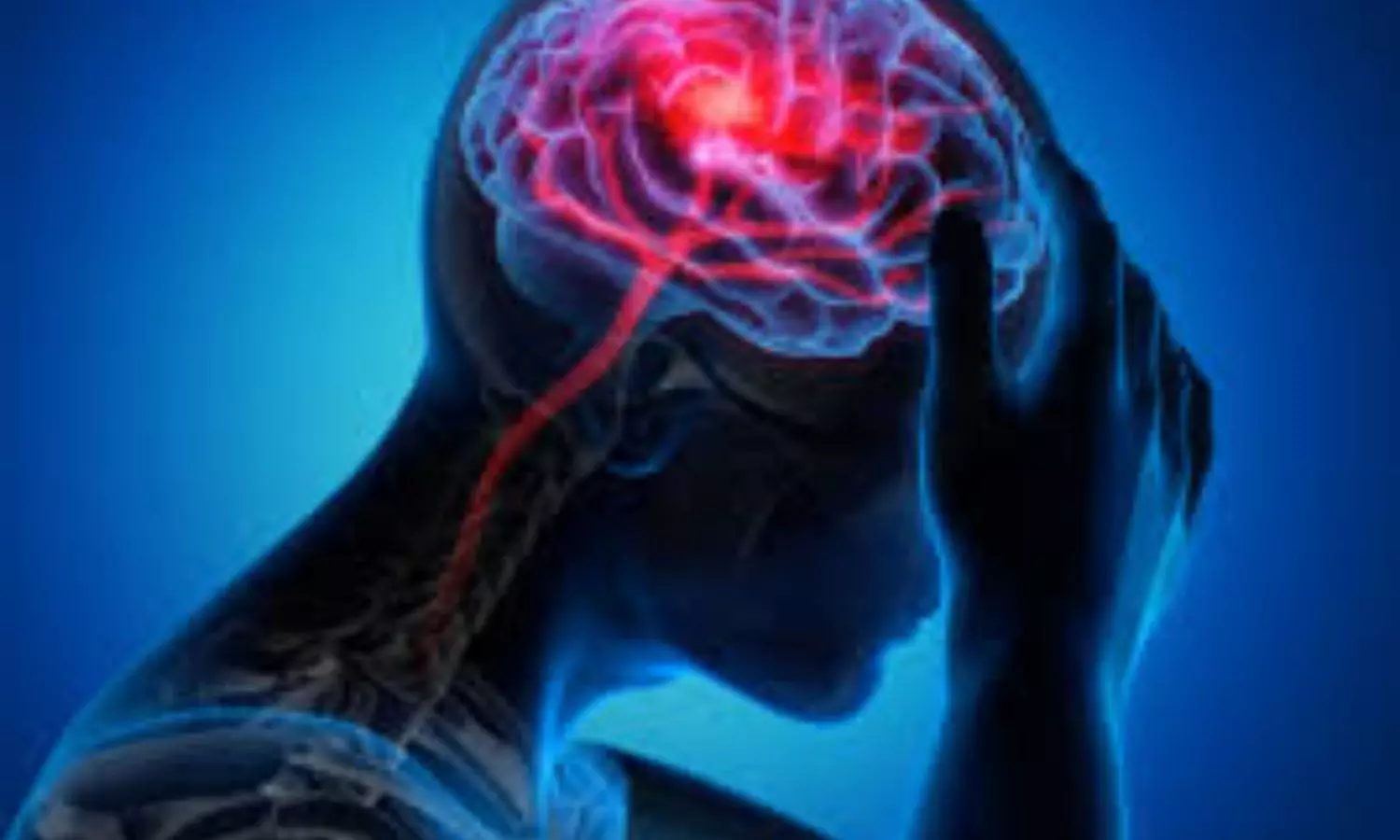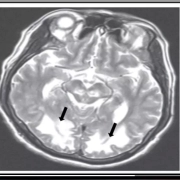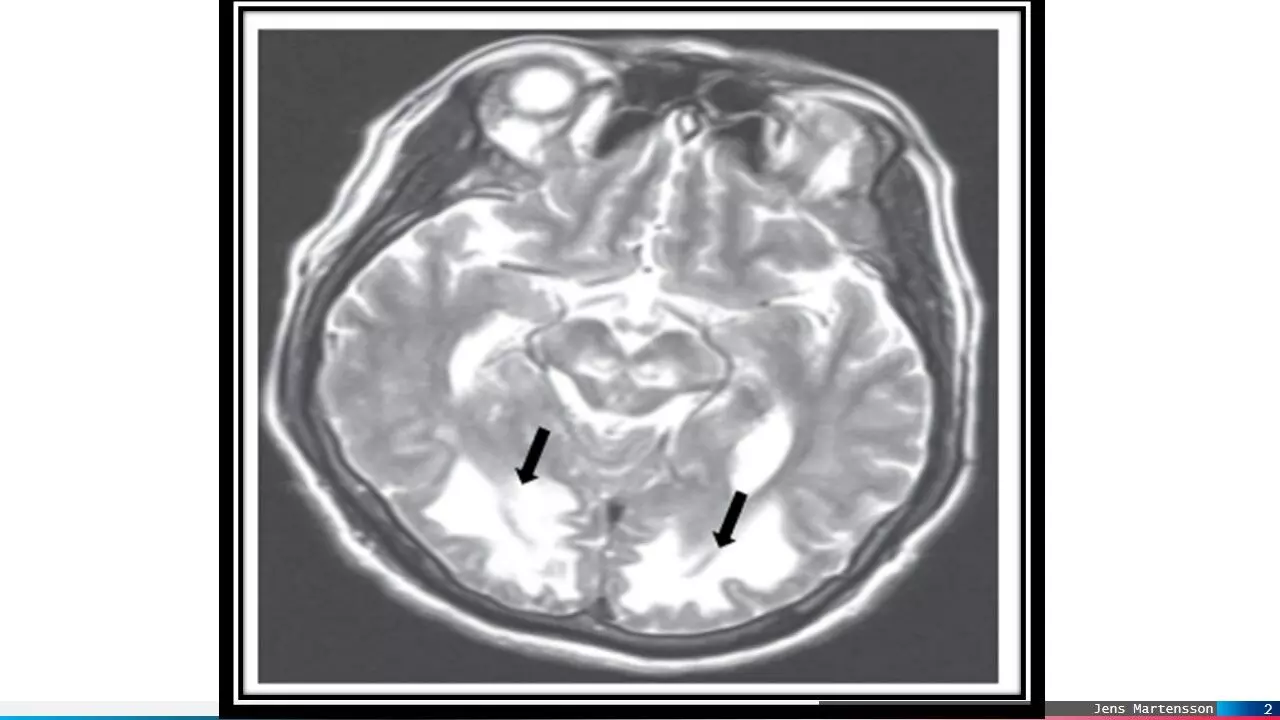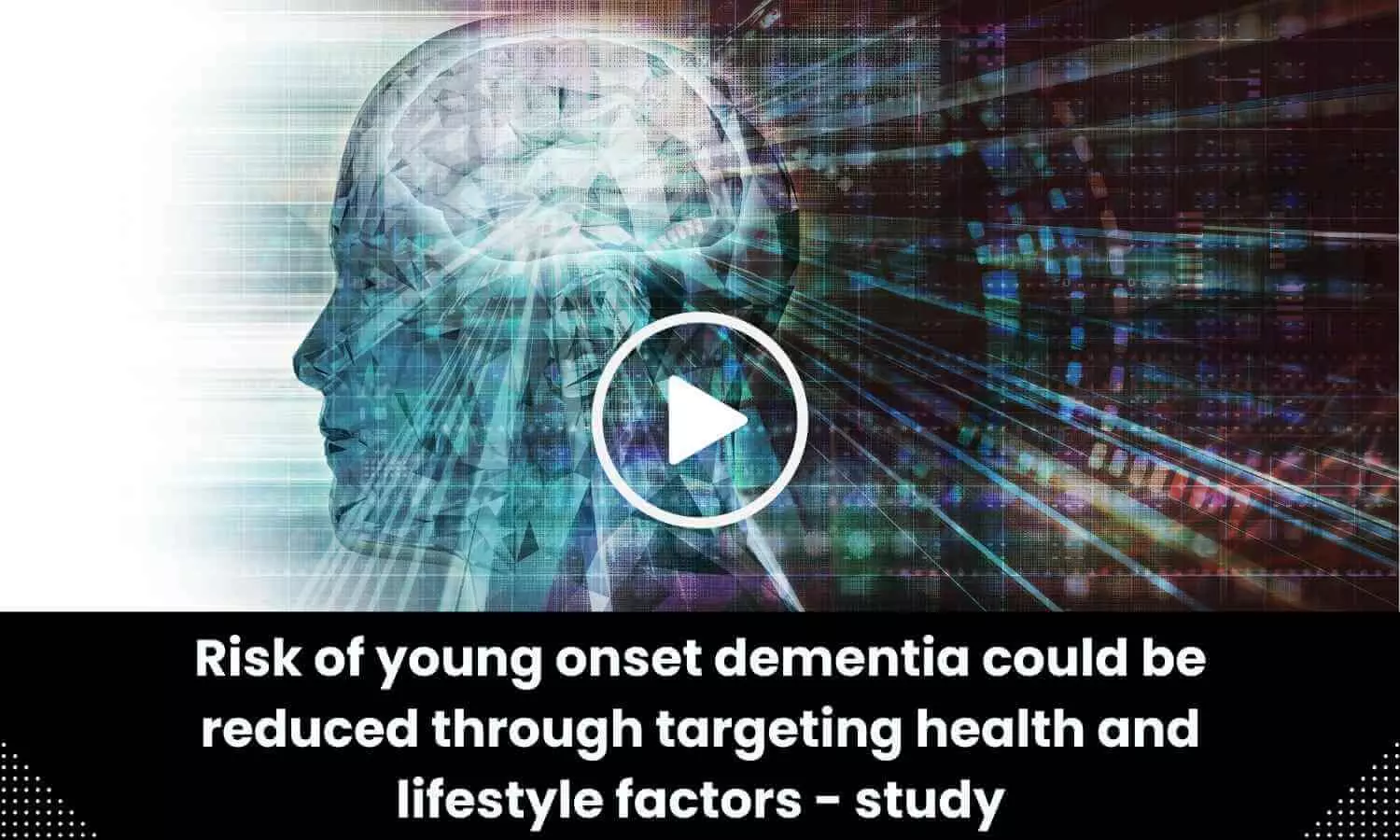Frailty may increase risk of adverse outcomes in RA patients on biologic or targeted-synthetic DMARDs

USA: A recent study published in Arthritis Care & Research has shown frailty to be an important predictor for the risk of serious infections among rheumatoid arthritis (RA) patients treated with biologic (b) or targeted synthetic disease-modifying anti-rheumatic drugs (tsDMARDs).
Disease-modifying antirheumatic drugs are a group of medications commonly used in rheumatoid arthritis patients. Some of these drugs are also used for treating other conditions, such as psoriatic arthritis, ankylosing spondylitis, and systemic lupus erythematosus. They work to reduce pain and inflammation, prevent or reduce joint damage, and preserve the function and structure of the joints.
The study was conducted by Namrata Singh, Division of Rheumatology, University of Washington, Seattle, WA, and colleagues to determine whether frailty status portends an increased risk of adverse outcomes in RA patients initiating biologic (b) or targeted synthetic disease-modifying anti-rheumatic drugs.
For this purpose, the researchers identified new users of tumor necrosis factor inhibitors (TNFi), Janus Kinase inhibitors (JAKi), or non-TNFi bDMARDs during 2008-2019, among RA patients. Baseline frailty risk score in patients was calculated using a Claims-Based Frailty Index [≥0.2 defined as frail] 12 months before drug initiation.
The primary outcome was time to serious infection. Secondarily, the research team examined time-to-any infection and all-cause hospitalizations. Cox proportional hazards were used to estimate adjusted hazard ratios (aHRs) and assess the significance of interaction terms between frailty status and drug class.
The study revealed the following findings:
- The study included 57,980 patients (mean age 48.1 ± 10.1 years); 83% started TNFi, 14% non-TNFi biologics, and 3% JAKi. Among these, 6% were categorized as frail.
- Frailty was associated with a 50% increased risk of serious infections (aHR: 1.5) and a 40% higher risk of inpatient admissions 1.4 compared to non-frail patients among those who initiated TNFi.
- Frailty was also associated with a higher risk of any infection relative to non-frail patients among those on TNFi, non-TNFi or JAKi.
“The findings show that among patients with rheumatoid arthritis treated with b- or tsDMARDs, frailty is an important predictor for the risk of adverse outcomes,” the researchers concluded.
Reference:
Singh, N., Gold, L. S., Lee, J., Wysham, K. D., Andrews, J. S., Makris, U. E., England, B. R., George, M. D., Baker, J. F., Jarvik, J., Heagerty, P. J., & Singh, S. Frailty and risk of serious infections in patients with rheumatoid arthritis treated with biologic or targeted-synthetic DMARDs. Arthritis Care & Research. https://doi.org/10.1002/acr.25282
Powered by WPeMatico























